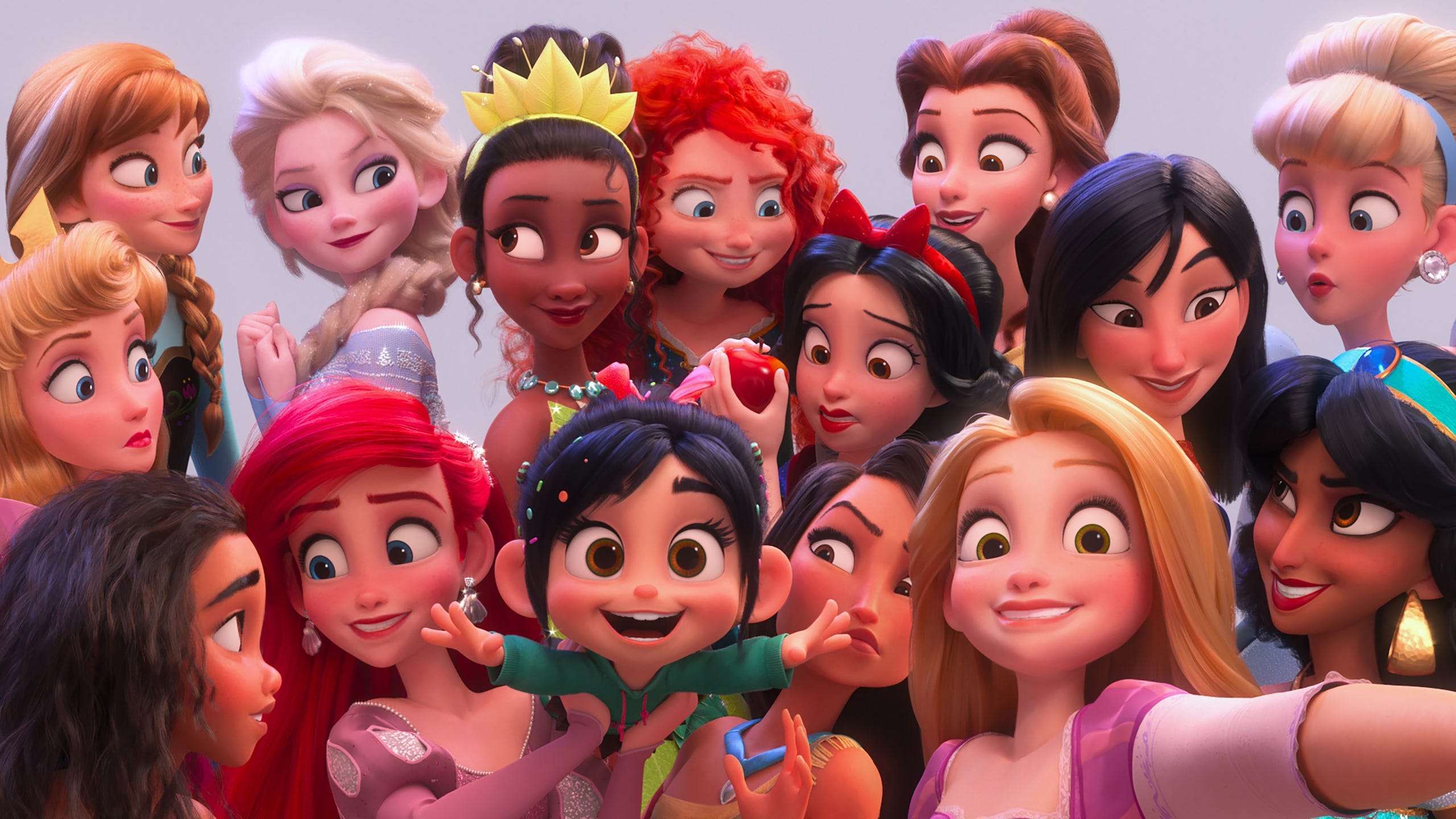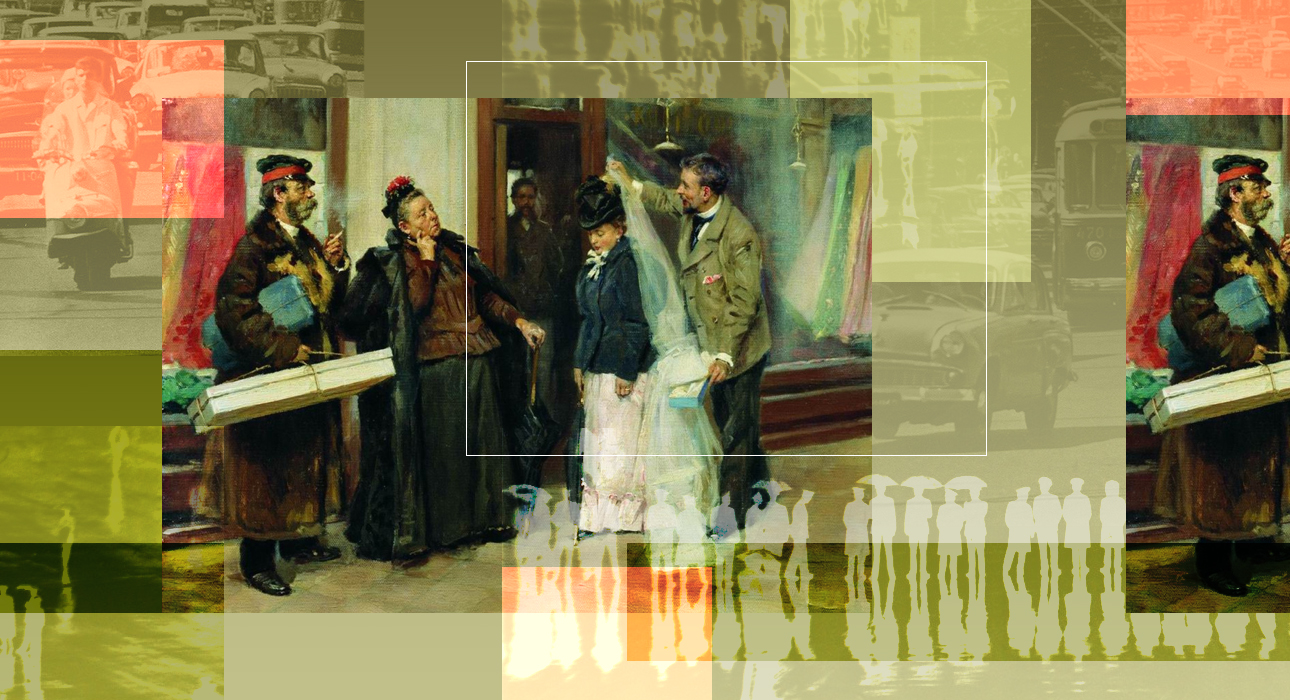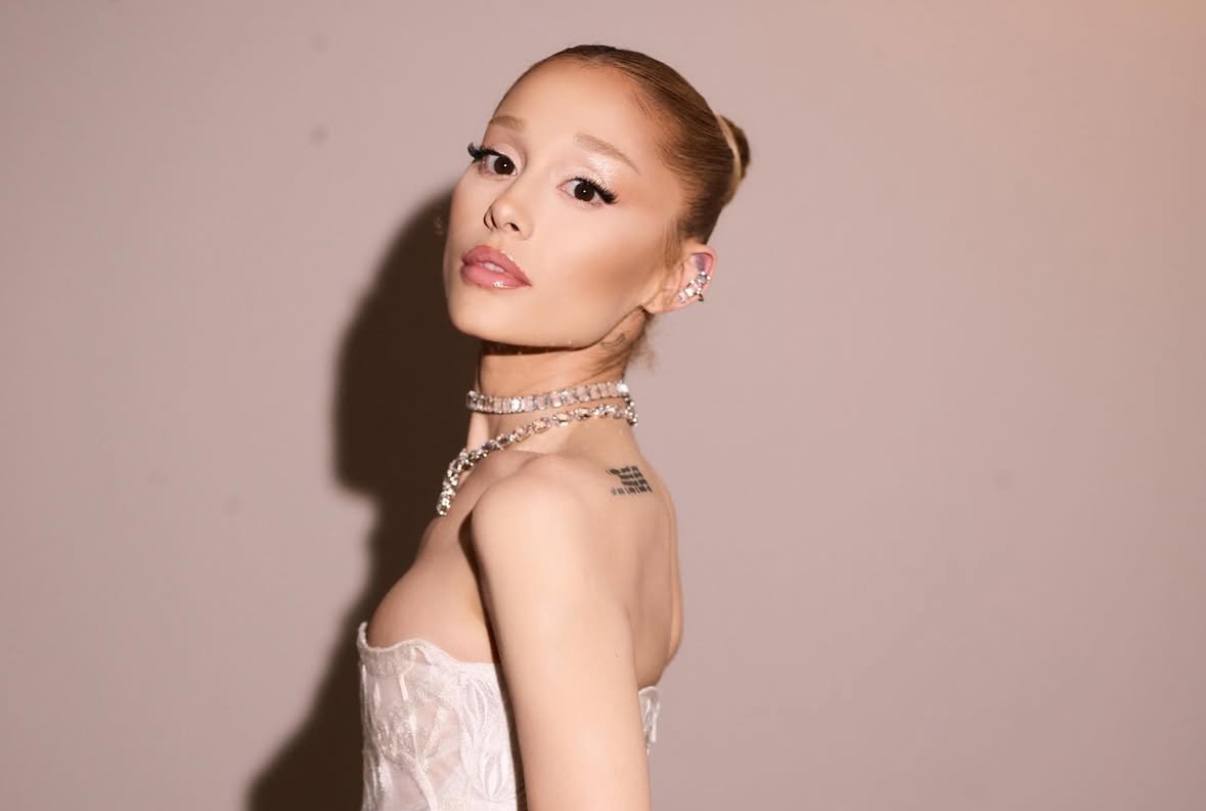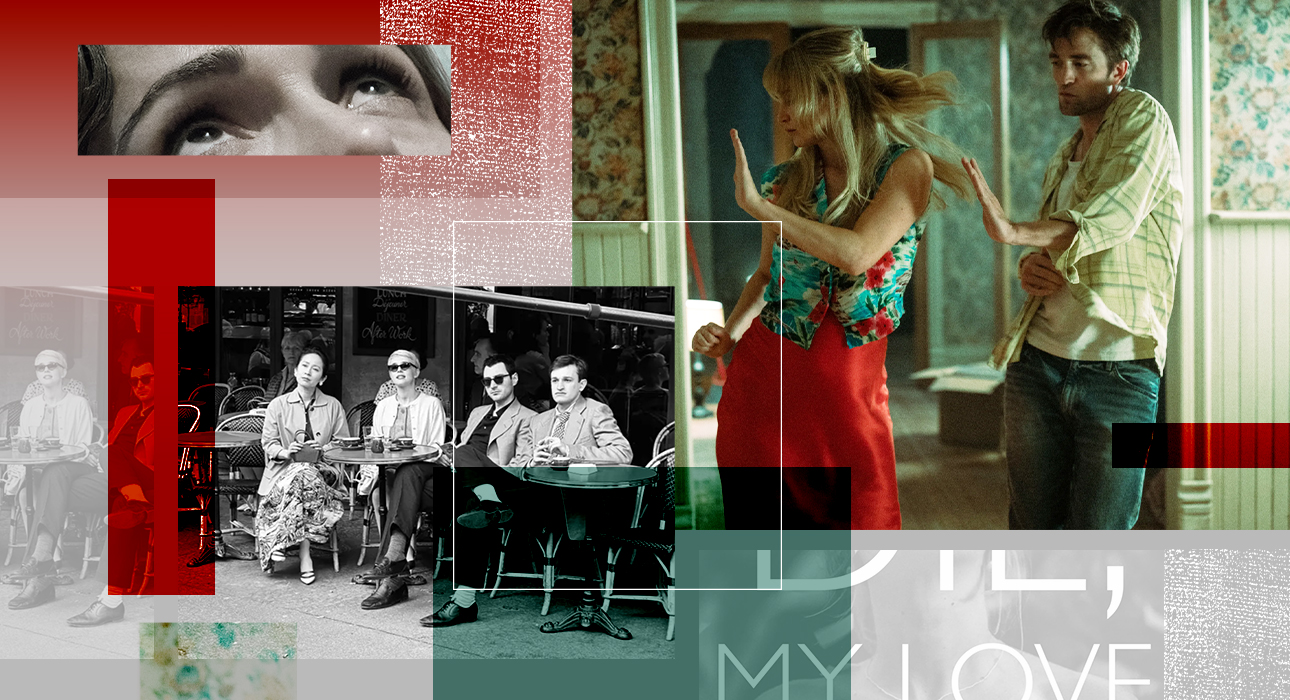Disney princesses have always been a kind of guide for us – who hasn’t dreamed in childhood that a prince would come on a white horse, take him to his castle and put a sparkling diamond crown on his head?
However, the drawn characters not only inspired us to “live happily ever after”, but also reflected the characteristic features of the period they appeared on the screen.
It’s hard not to notice that in the past nearly hundred years, princesses have evolved markedly, leaving behind despair, vain dreams, and addiction to valiant knights.
We tell you how our favorite princesses have transformed over time from a goal of marrying a prince to a mission to save the planet. What’s more, the opportunity is more than convenient – 121 years have passed since Walt Disney was born, without her there would be no princesses.
1930s – 50s: resigned
“Snow White”, 1937

Snow White was a typical princess: beautiful and kind. In addition, she personified a type popular in the 30s and known as the perfect housewife (we will skip the fact that the princess was for some reason cleared of men completely alien to her). She is naive, she trusts everyone (well, why would you take a blood-chilling apple from an old woman’s hand?). The girl makes no attempt to defend herself: first she escapes from the abusive queen into the forest, and then lies in a crystal coffin, waiting for a savior. And from whom is she getting a life-giving kiss? Even though he’s a prince, he’s first comer. Victimization – the desire to feel like a victim and not resist pressure and pressure from outside – is one of the main qualities of this princess.
“Cinderella”, 1950
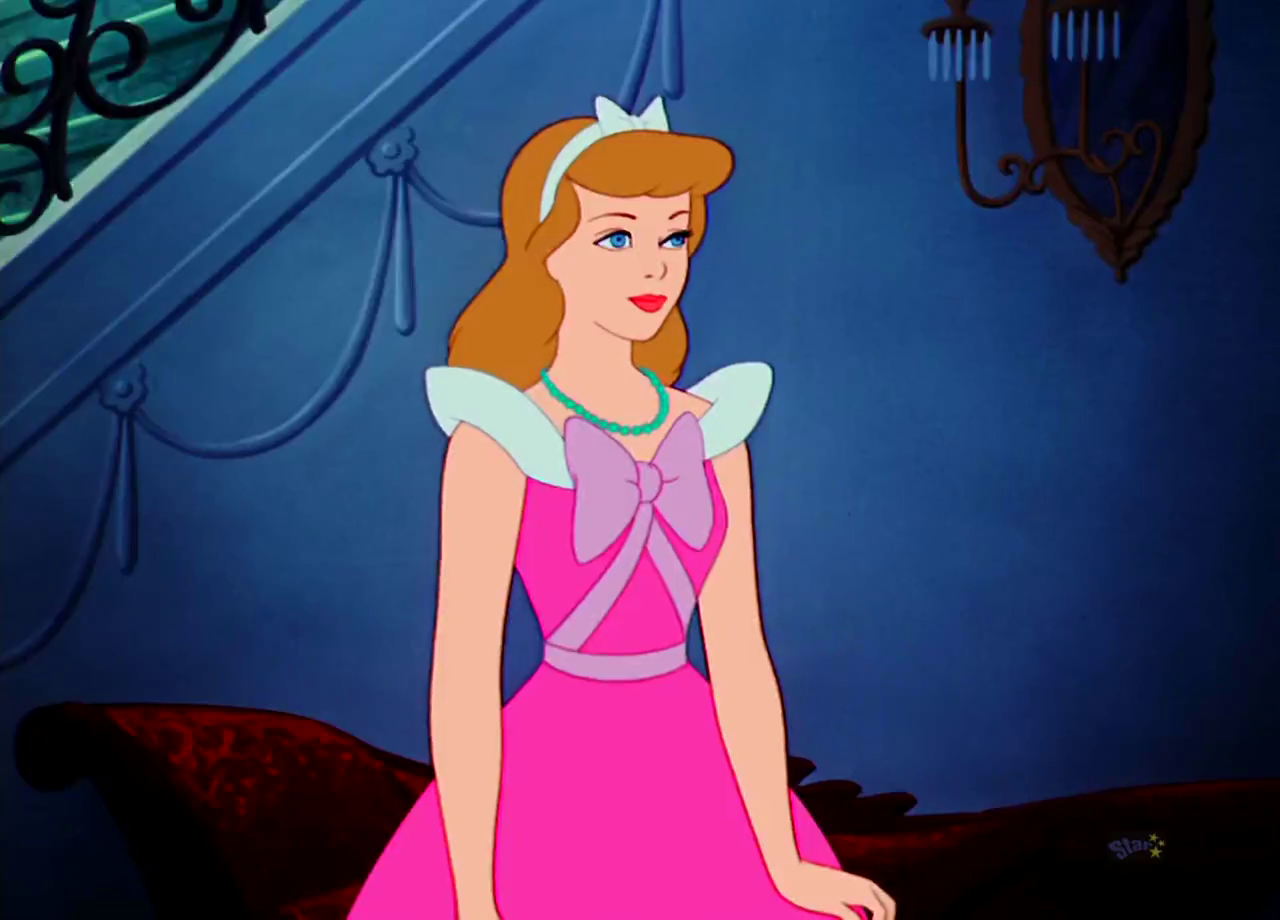
The golden-haired orphan is not far from Snow White. He was also pressured by his stepmother and sisters. But unlike the first representative of Disney, she at least reveals some kind of character: Cinderella, instead of meekly rubbing the stairs, finds the audacity to go to the prom (albeit at the suggestion of a godmother). True, here too the man she sees once in her life becomes the savior. There is no doubt that at the time of the creation of the fairy tale (versions belong to both Charles Perrault (1697) and a little later to the Brothers Grimm), there was no hope for a feminist plot, because any success was made privately. by men
Sleeping Beauty, 1959
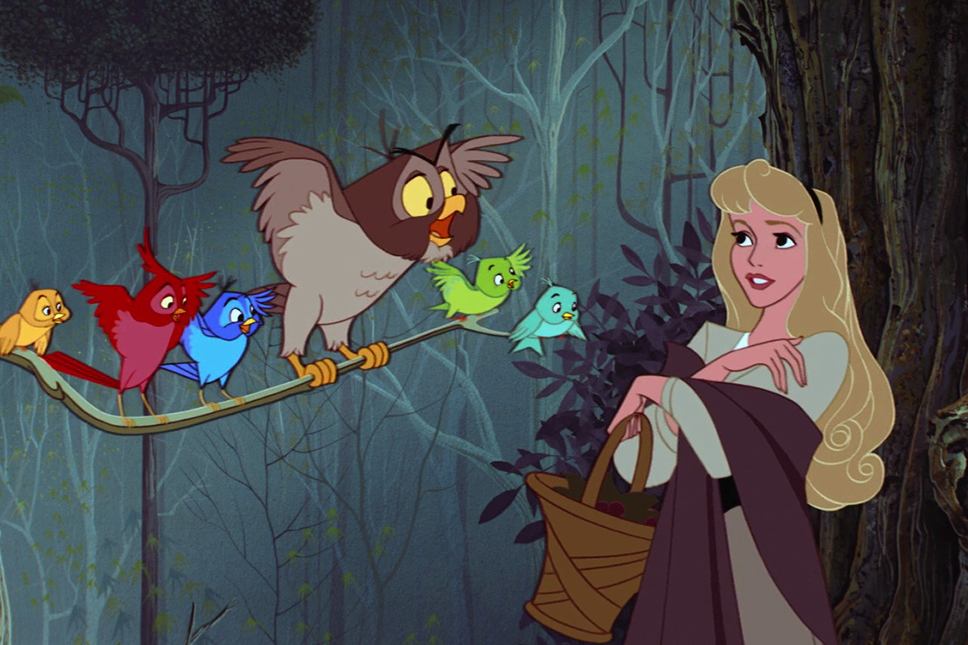
Aurora’s life is always controlled by someone: parents, fairies, Maleficent, the prince, but not herself. Halfway through the cartoon, we see the princess sleeping as events unfold. It’s funny that at birth, the fairies give Aurora beauty and a beautiful voice. We do not know what the third fairy plans to reward the baby with before she has to make a choice in favor of a lethargic sleep, but we believe that it is not a vital essence, quick wit or charisma. Well, just because times are different.
What is common: All three princesses obey and are reluctant to deal with life’s difficulties on their own. All they want is to be happy with the man of their dreams.
1980s – 90s: Curious
“The Little Mermaid”, 1989
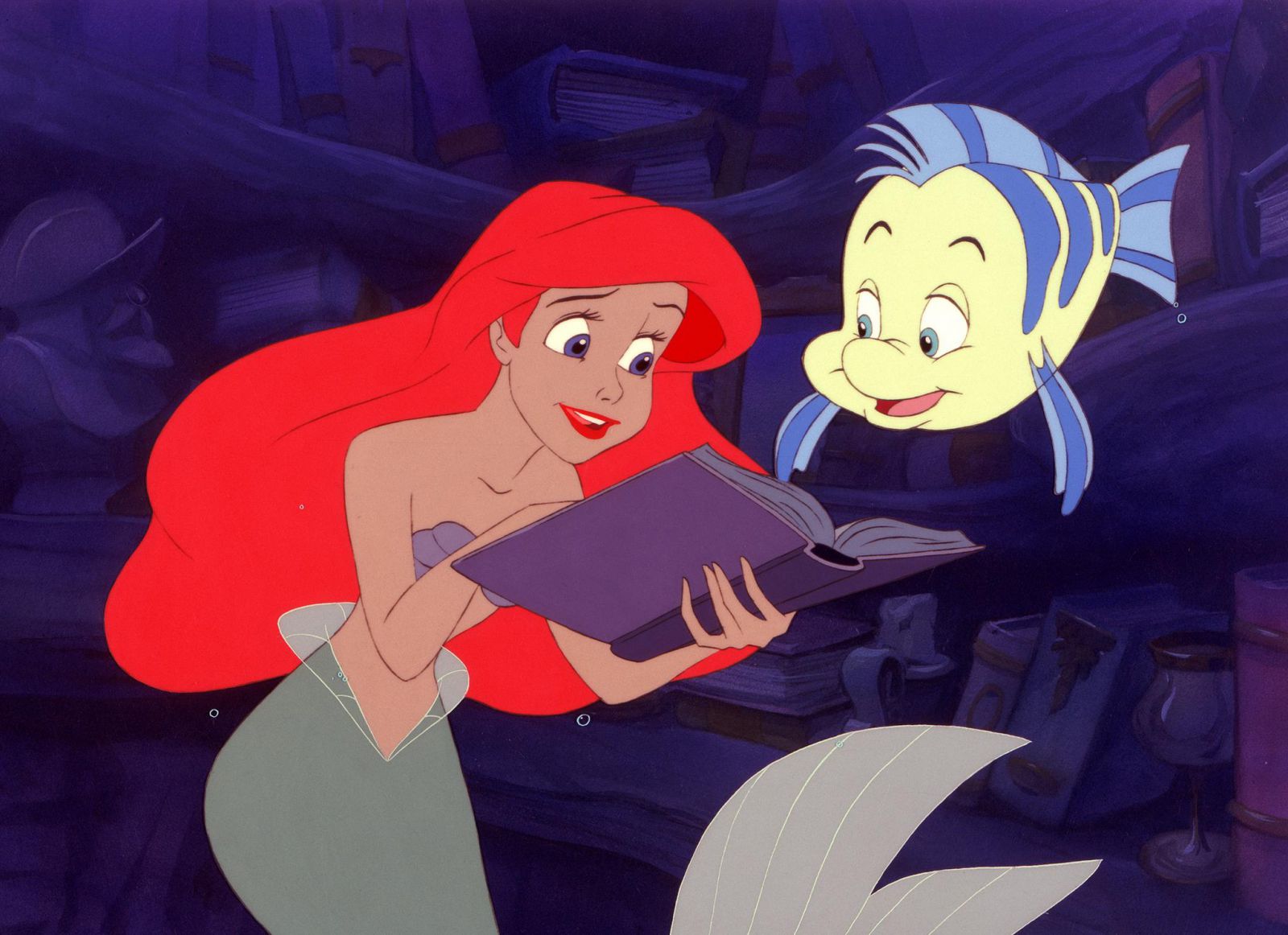
Walt Disney died in 1966. The world is also changing, in the 60s and 80s women were especially actively fighting for their rights. It is not surprising that the image of the princess has changed. Ariel is a rebellious rebel who is sure that she knows everything better than the others. She craves adventure, is not afraid to defy the system, and she wants to live better than her birthright. Perhaps this is the first princess to fight for her father, society and finally herself with the evil witch Ursula. But echoes of the past have not disappeared: she still dreams of finding happiness with the person she once saw, and she even sacrifices her voice for a pair of smooth legs. However, we will still take into account the fact that the original plot was written by Hans Christian Andersen in 1837. The depth of the story was lost due to the Disney happy ending, but the hearts of millions of children were not broken (children almost never rejoiced at the death of the main character in the end).
“Beauty and the Beast”, 1991
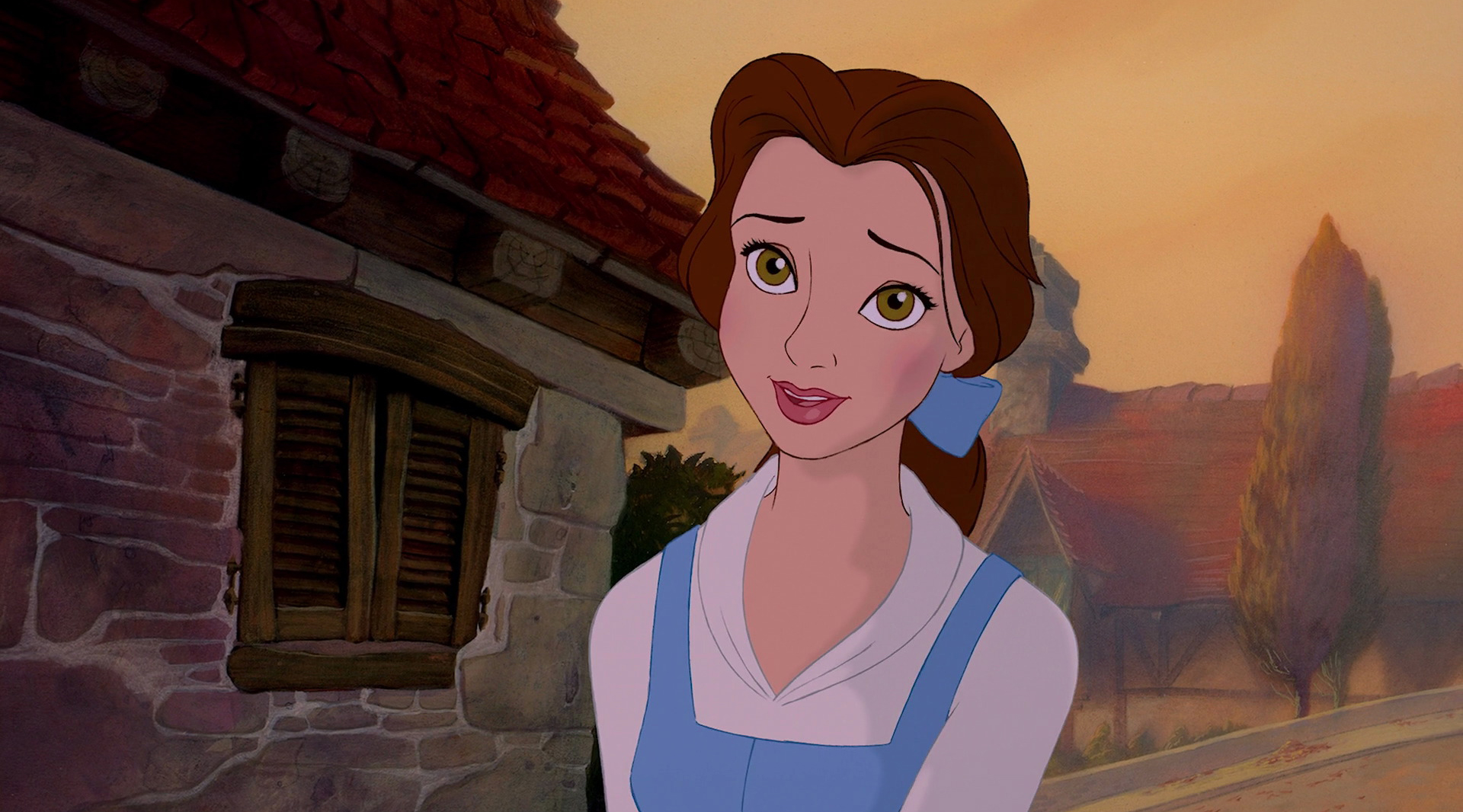
Belle continues her active parade of princesses (although not technically a princess). The girl does not want to follow the crowd and marry the first man in the village of Gaston to give birth to a child and give her a foot massage in the evening. Instead, he bravely goes into the woods to search for his father, instead being held hostage and not afraid to argue with a fearsome furry beast, and then escalates into rage, trying to explain it to the winking idiots (the villagers). not scary at all. By the way, Belle became the first Disney character to fall in love not with a white-toothed smile and sharp cheekbones, but with the soul and kind heart of a man.
What is common: Both beauties want to be where they shouldn’t be. They are active, they have the will and the desire to make their own choices, but “living happily ever after” means a lot to both.
1990s: International
Aladdin, 1992

In the context of the struggle for women’s empowerment, the white-skinned princesses were replaced by Jasmine, the brunette beauty who blinked her brown eyes. It marked the beginning of a new era of animation: from now on the main characters will be characters from different origins. Also, the sultan’s daughter displays a keen intelligence and sense of humor, as well as a reluctance to follow outdated rules and marry for comfort. Jasmine became the first princess to give her heart to a simple man without a noble birth.
“Pocahontas”, 1995
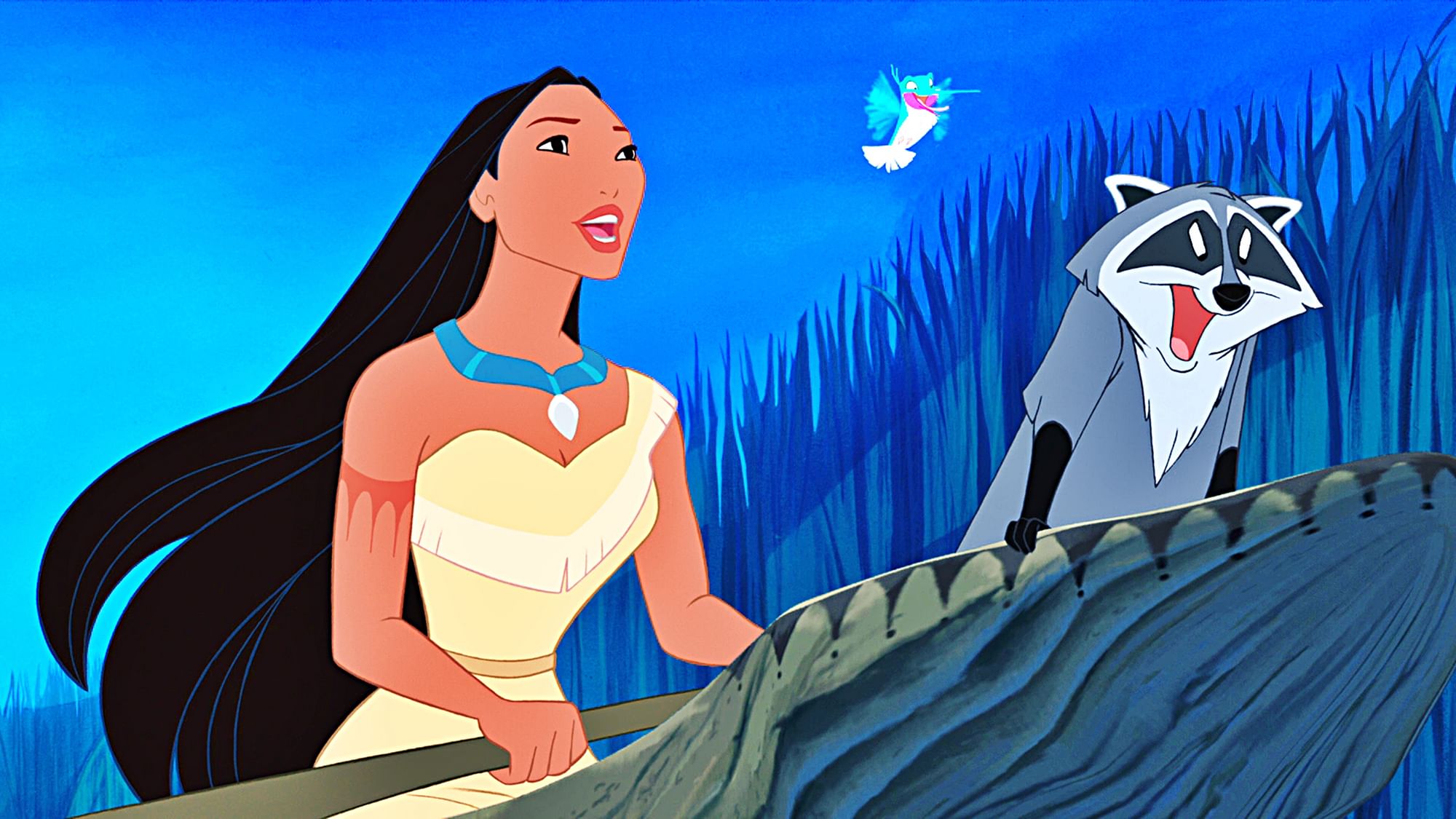
The daughter of an Indian chief is stubborn, brave and freedom-loving. She sees nothing to be blamed for falling in love with someone from a different culture and race. This is not surprising, because even his name translates as “naughty.” She is also trying to ease the tension between her tribe’s indigenous people and the English settlers, she. And although in this cartoon the princess’s leadership qualities were pushed into the background to show her line of relationship with John Smith, Pocahontas nevertheless became the first Disney princess to take a strong and active position.
Mulan, 1998
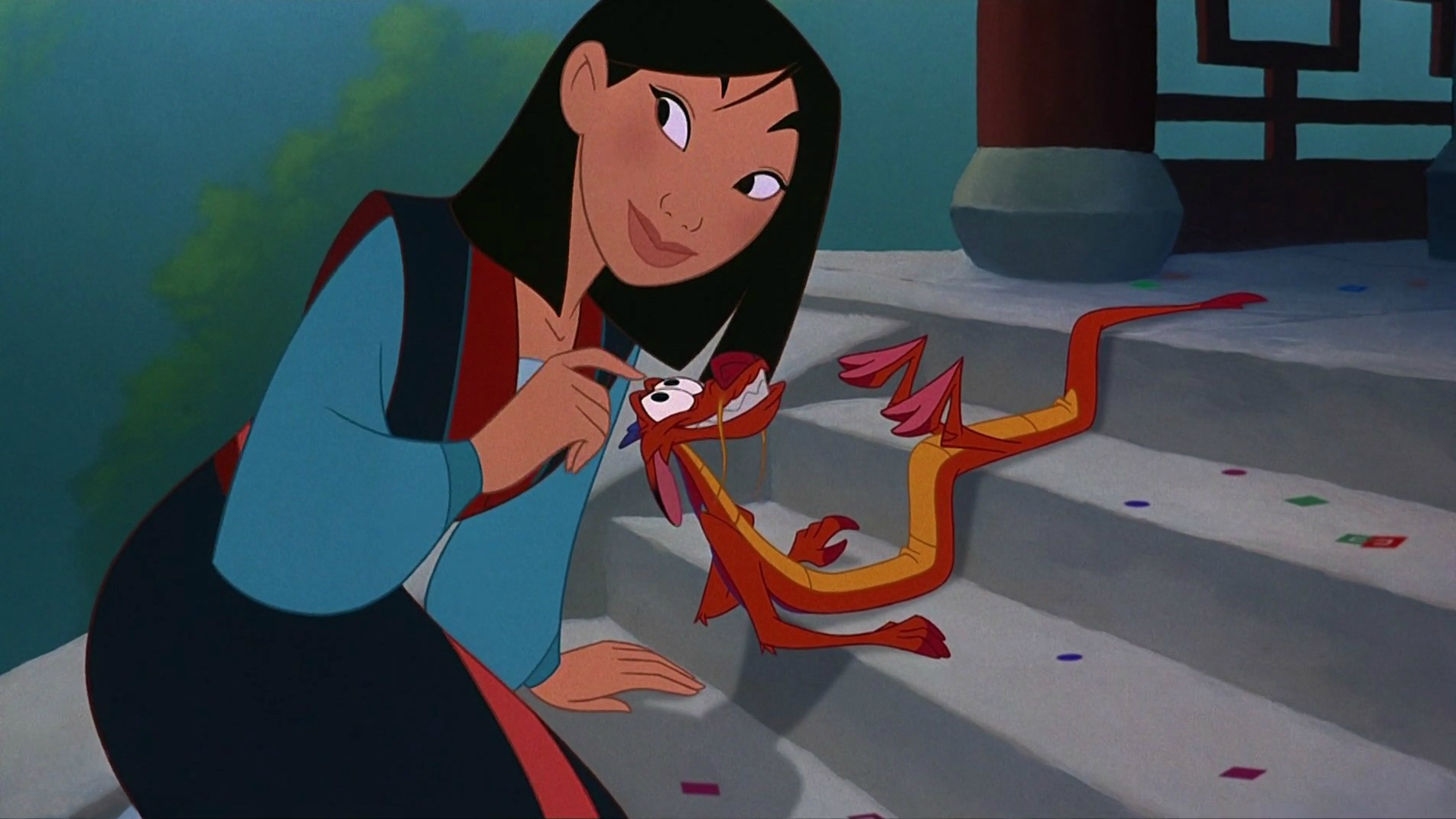
A Chinese woman, Mulan, disguises herself as a man to prove to the warriors, as well as the audience, that a woman is not inferior to a man in either skill, heroism or mastery. As a result, he turned out to be the best among a platoon of soldiers. Moreover, he single-handedly saves first an entire army (after an uphill shot, the opponents find themselves under the snow), and then the whole of China, and all this in conditions of complete patriarchy. Even her love streak with Captain Li Shang fades into the background, leaving the audience without a romantic kiss for the first time at last. True, do not forget that there is another man in this cartoon: Mulan performs all the exploits to prove to her father that she is worth something.
What is common: Princesses of different nationalities come to the fore in the context of the struggle for women’s empowerment. They are also ready to go against the wishes of their relatives and do not want to adapt to the generally accepted foundations.
2000 – 2010s: proud
The Princess and the Frog, 2009
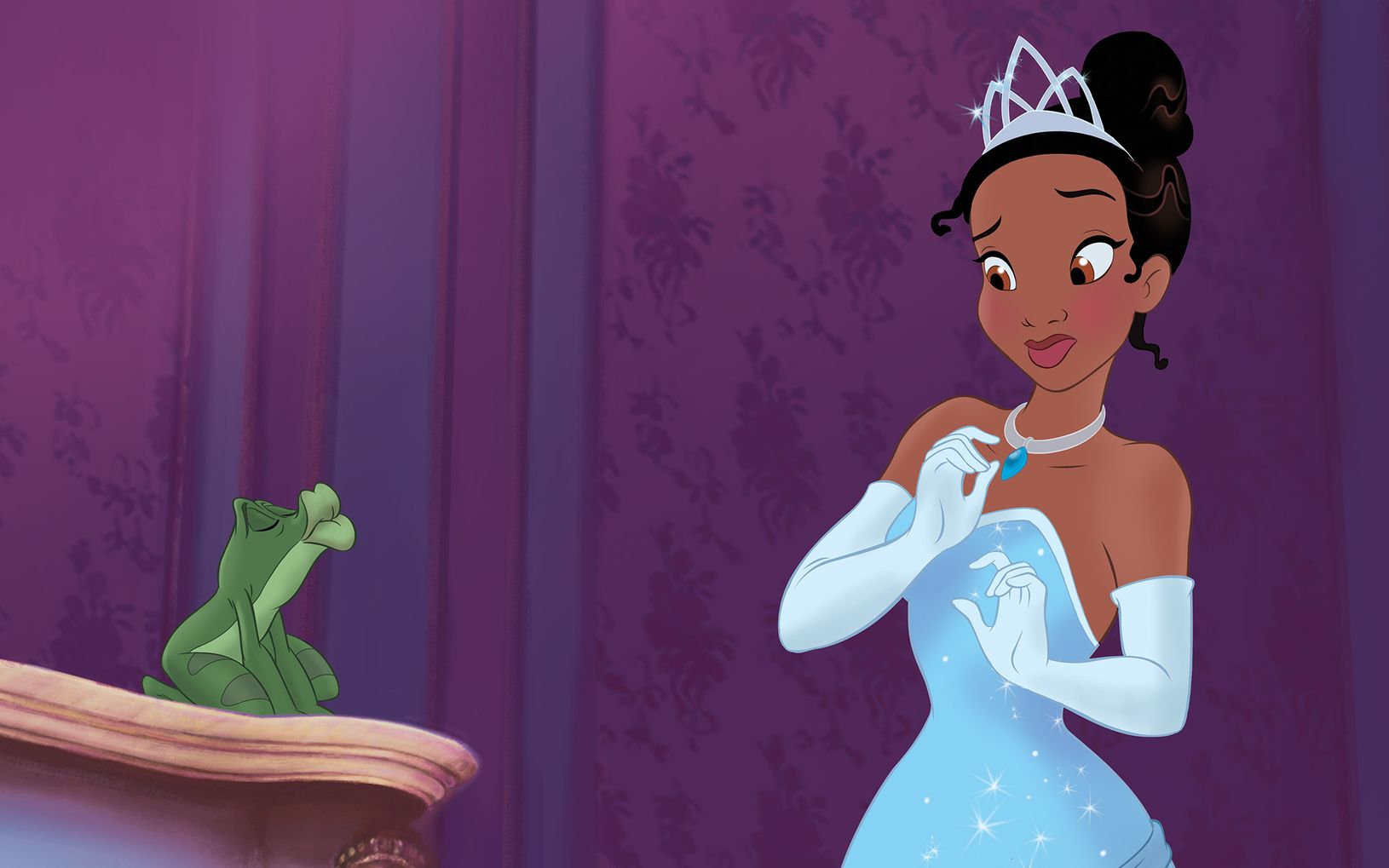
Tiana is the first black Disney princess. She works two jobs to fulfill her dream of opening her own restaurant. She doesn’t want to be distracted by anything less important, so she doesn’t start shaking her knees like other girls when stylish Prince Naveen comes to town. He does not count on the help of a frog, a fairy godmother or a rich friend, he always takes the initiative into his own hands, because he knows that no one can do it better than him.
“Rapunzel: Tangled”, 2010
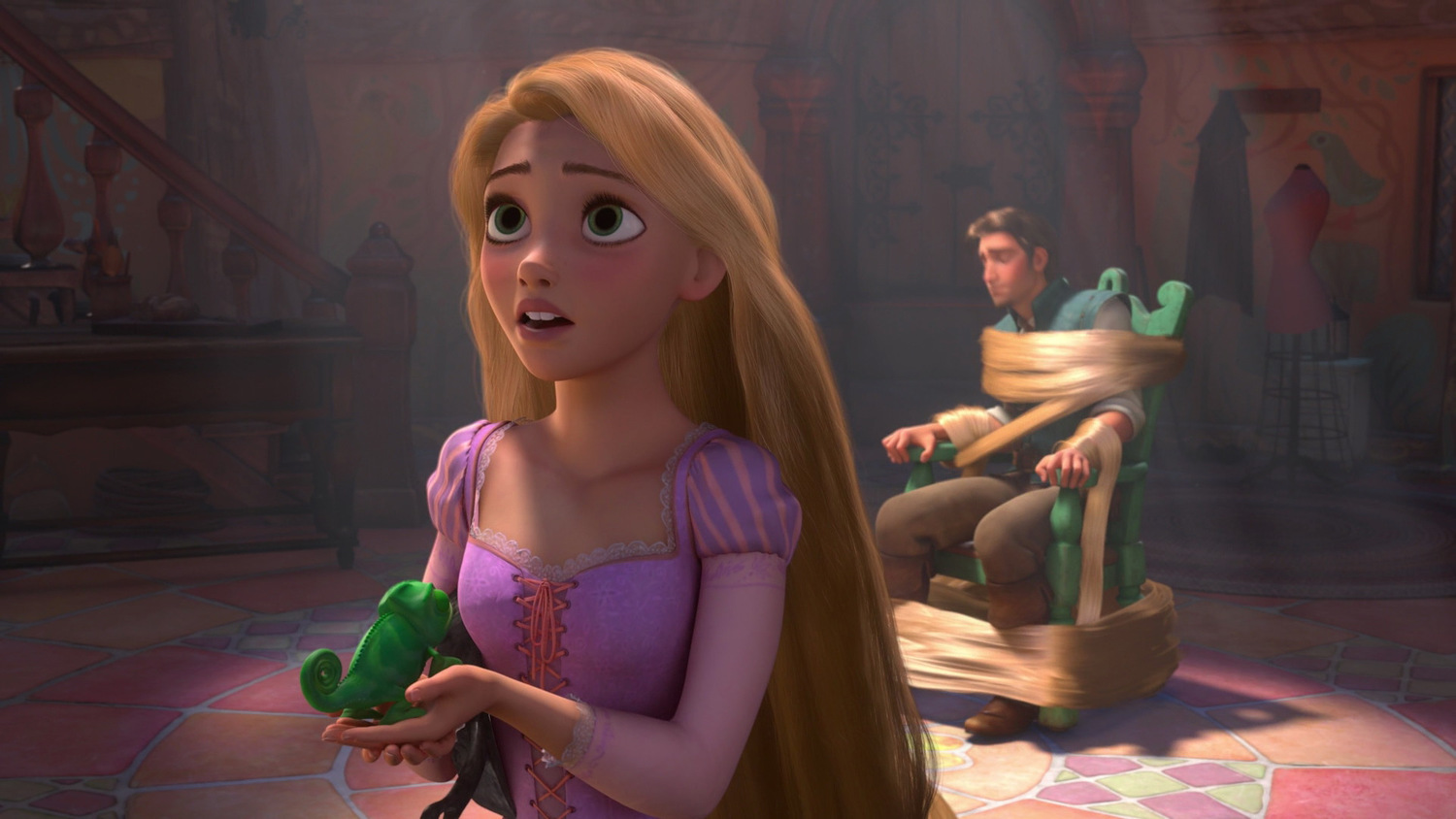
Unlike the first princesses, Rapunzel did not immediately fall in love with Flynn Ryder, but instead heated him up with a pan. And then she completely blackmailed him into helping him fulfill his dream of seeing flying lanterns. The princess trusts her instincts and proves to herself, Flynn and Mother Gothel that women are not weak and vulnerable at all, and quite capable of coping with the challenges this world has prepared for her.
“Brave”, 2012
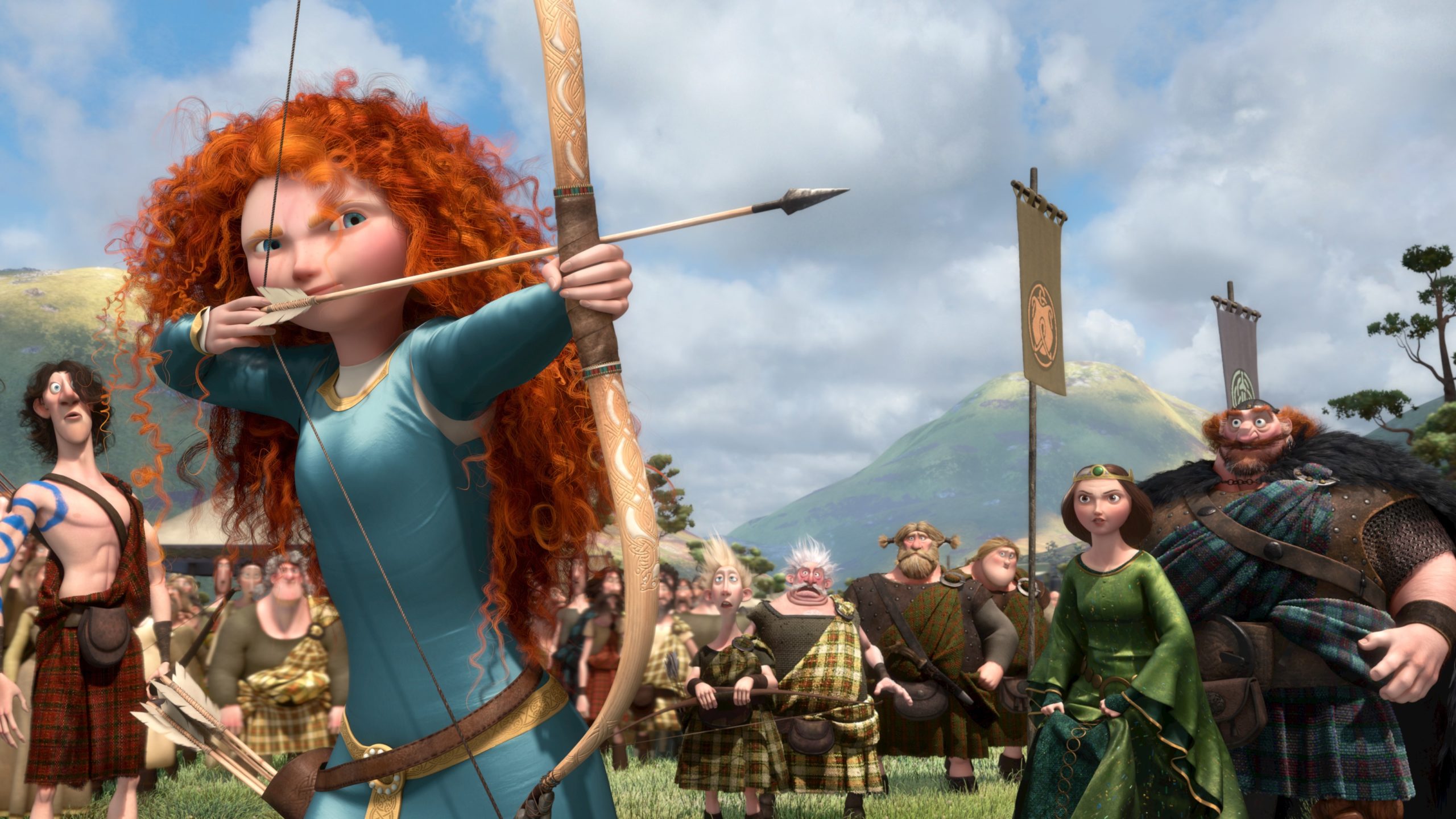
Finally, the relationship in the foreground in the cartoon is not a man and a woman, but a mother and daughter. The Queen always blames her daughter for lacking femininity. However, what is interesting here is her attitude towards men as much as her audacity. Merida is confident that she doesn’t owe anyone anything and especially not to get married. And this is the first princess who never cared who gets her hand and heart. He even organizes a tournament to win himself. For the first time, Disney leaves the main character without an equal role male in the story, which clearly leads to a future of strong and independent female characters.
What is common: All three princesses have dreams primarily and relationships are secondary. They are not ready to endure any ban on their way to their true goals.
Since 2010: heroic and free
“Frozen”, 2013
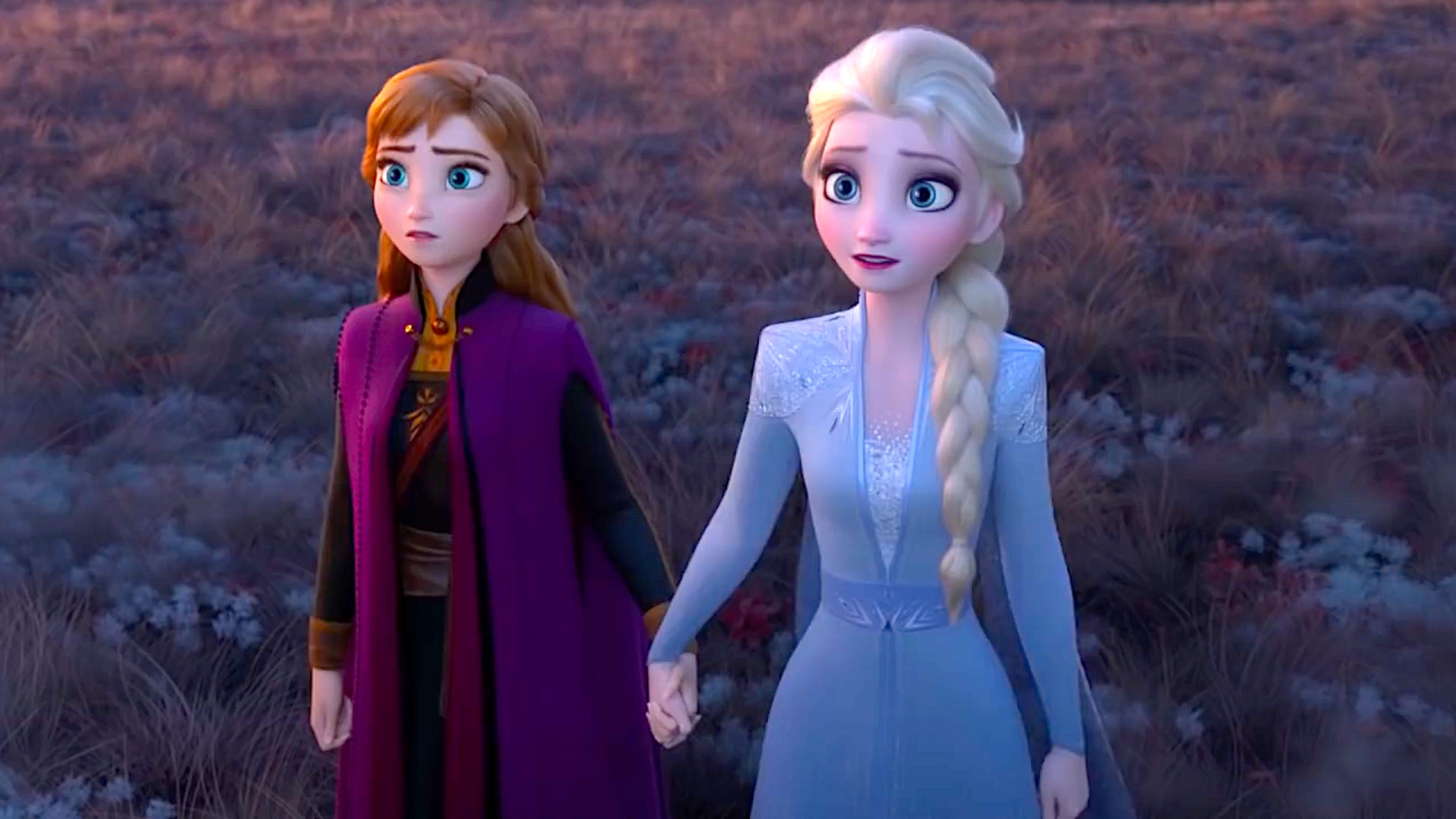
The main love story revolves around two sisters – Anna and Elsa. Both correspond to time, they are not perfect: Anna is naive, Elsa cannot control herself, but like any living person she tries to solve her fears and understand herself. In both episodes of Frozen, the ice princess’s “Who am I?” No wonder he tried to find the answer to his question, while at the same time saving his own kingdom … from himself! There was no room for men here, and the most striking non-female character in the cartoon is Olaf, the sexless snowman.
“Moana”, 2016
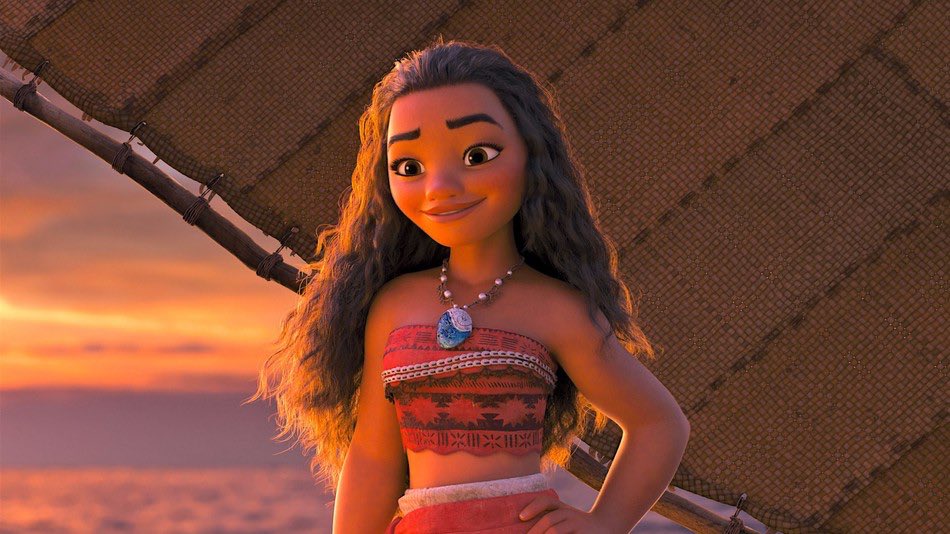
Disney introduces us to the daughter of a self-sufficient chieftain whose sole purpose is to save his people by delivering the heart of the fertility goddess Te Fiti to its rightful place. Unlike the same “Frozen” in “Moana”, there is absolutely not the slightest hint of a romantic relationship (first time for a movie studio). The demigod Maui helps the girl, of course (if you can call it that), but she’s finally out of the game, giving Moana a chance to prove herself and do all the work on her own. Also, for the first time among the classically slender and tall princesses, a character with a non-standard figure for the main character appears: Moana looks much stronger than her predecessors, and this is a clear transition towards body positivity.
Raya and the Last Dragon, 2021
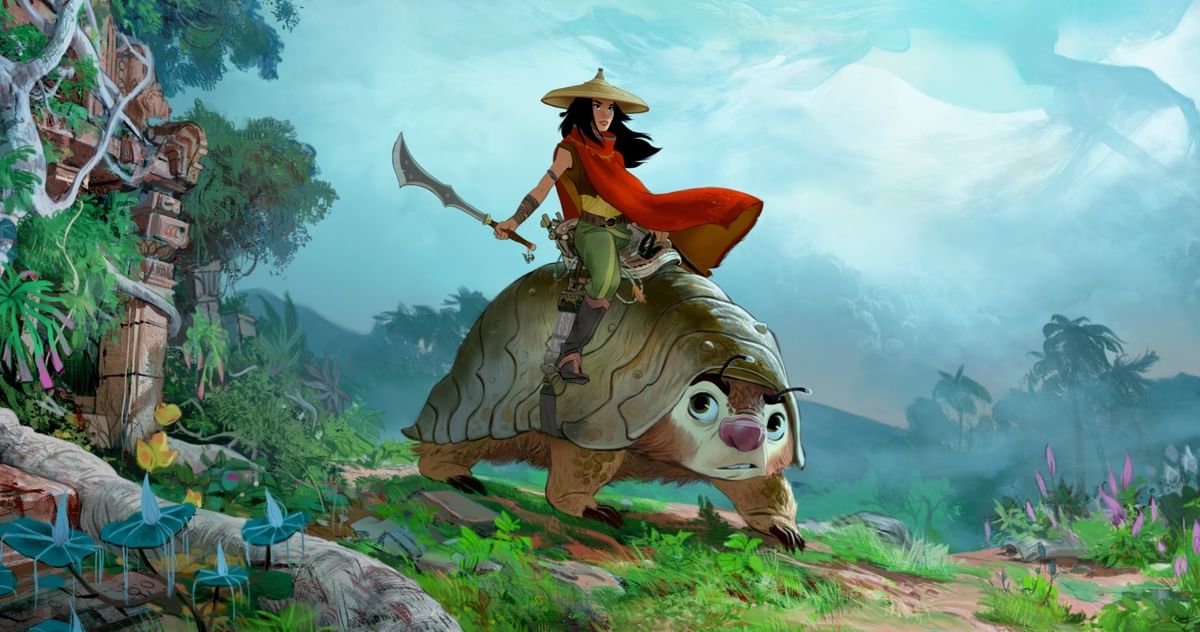
Fans of conservative classic stories obviously had nothing to profit from this year’s innovation. This is a fairy tale about warrior Raya who wants to find the last surviving dragon and defeat evil with its help. And she looks at the background of the heroines above as a downright tribute to feminism. There are no romantic overtones and minor men here, but there is tension between the two main female protagonists. Overall, the cartoon is a focus of feminism, inclusivity, and political correctness that is quite consistent with the spirit of the times.
What is common: Princesses became independent feminists, ready to make any sacrifice to achieve their goals.
Princesses have slowly but surely changed, taking into account global trends. And if earlier all they wanted was a successful marriage, now cartoon characters prove that women don’t need princes ready to get rid of the dragon with them. They can do it themselves and at the same time save the world.
Source: People Talk
Errol Villanueva is an author and lifestyle journalist who writes for The Fashion Vibes. With a passion for exploring the latest trends in fashion, food, travel, and wellness, Errol’s articles are a must-read for anyone interested in living a stylish and fulfilling life.

